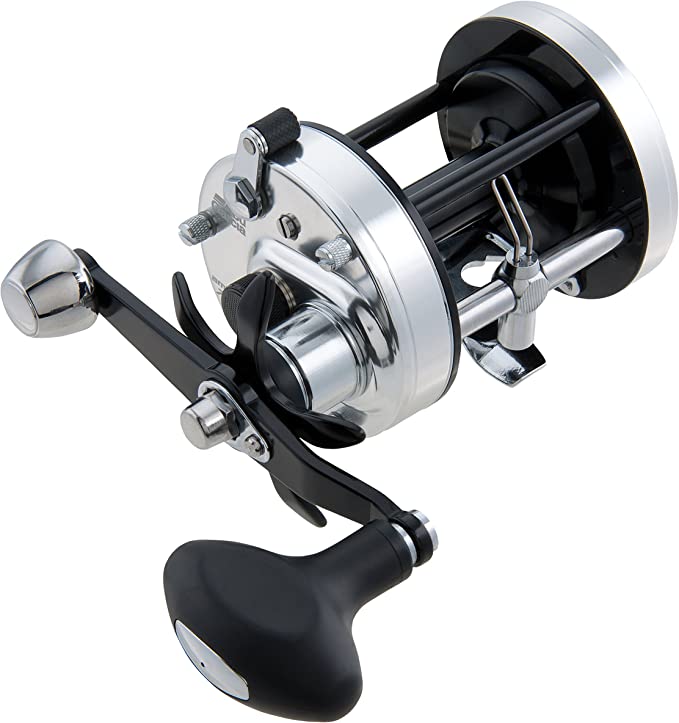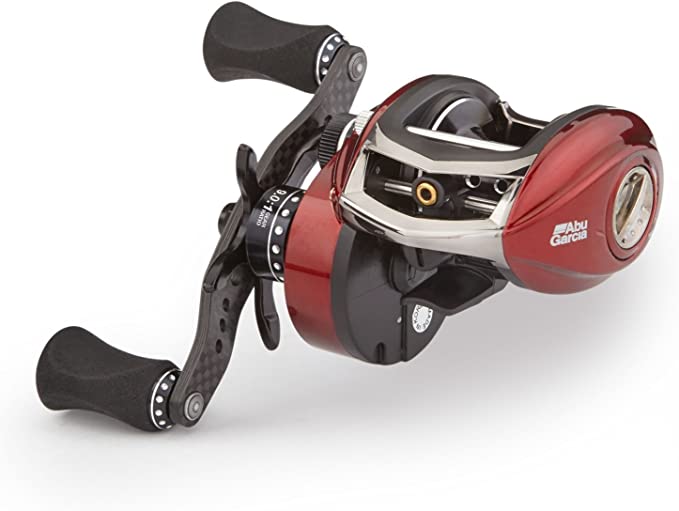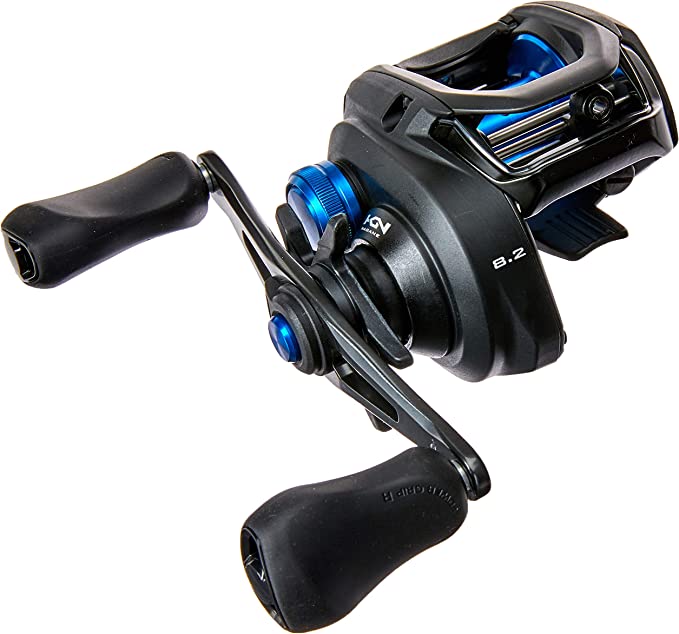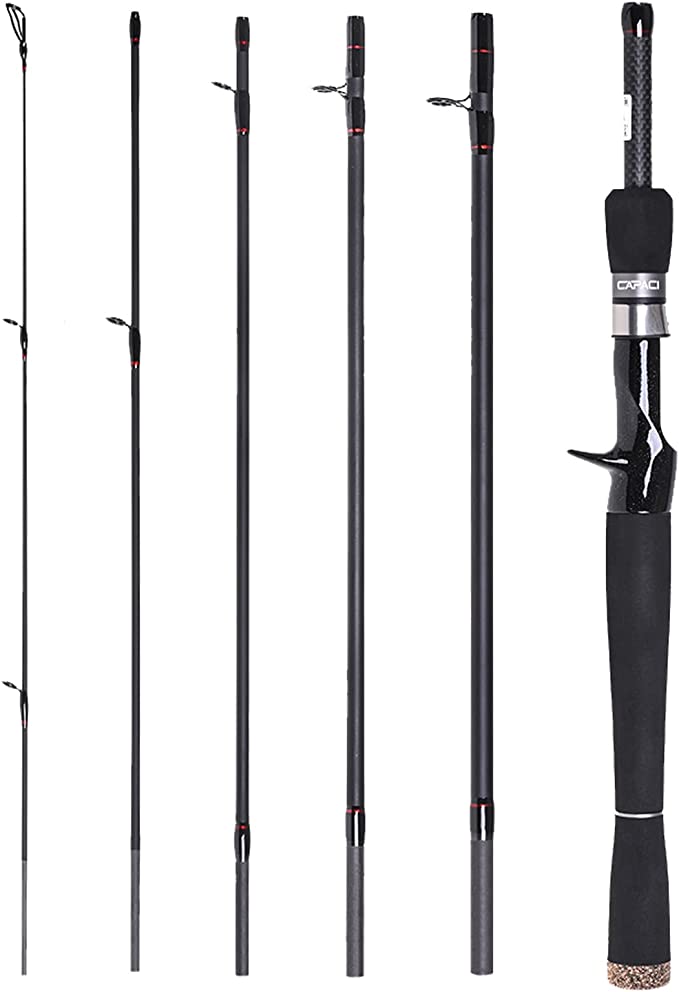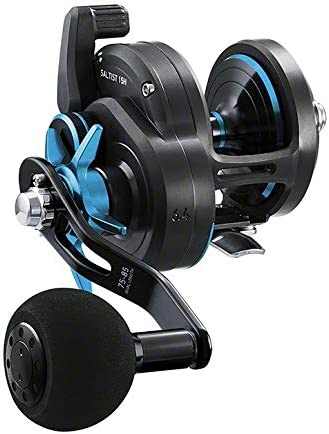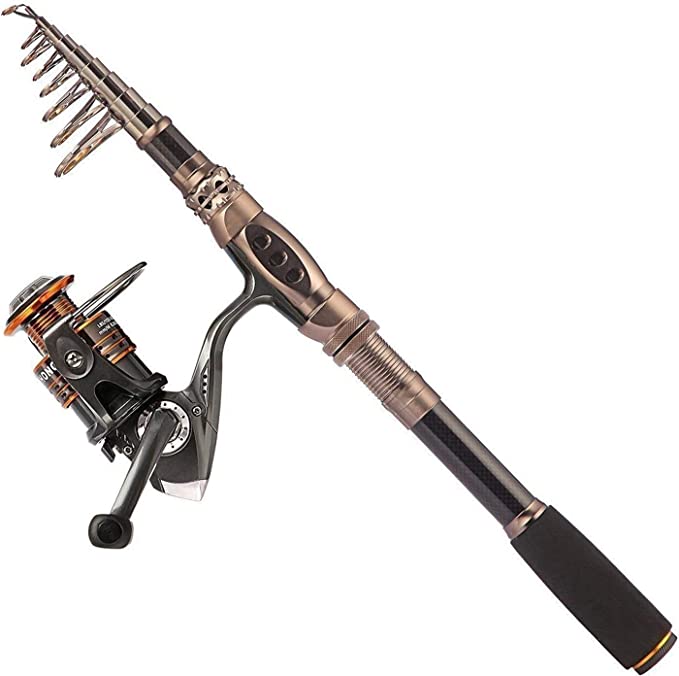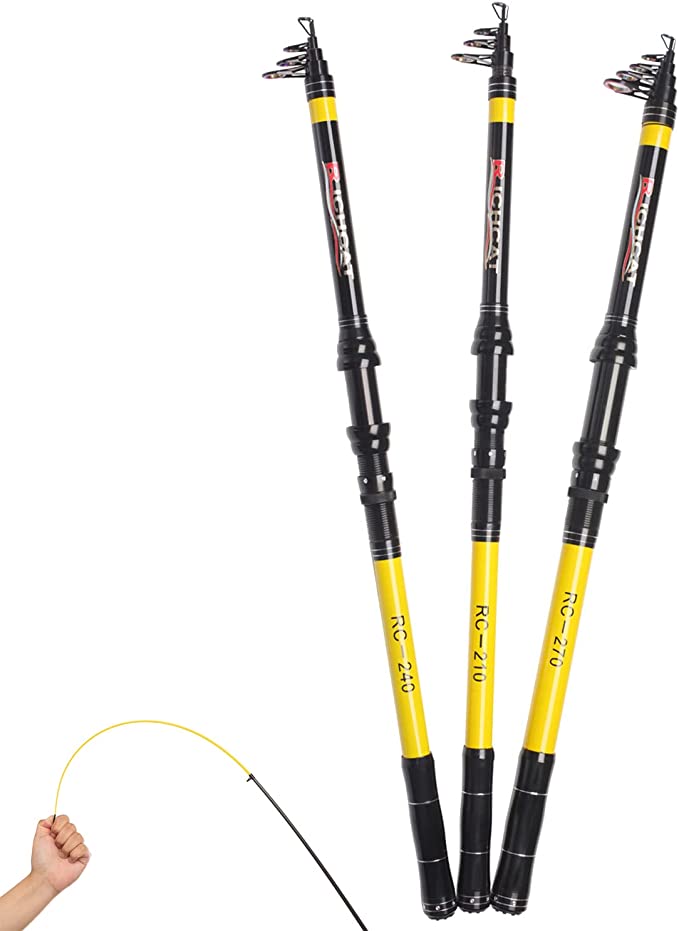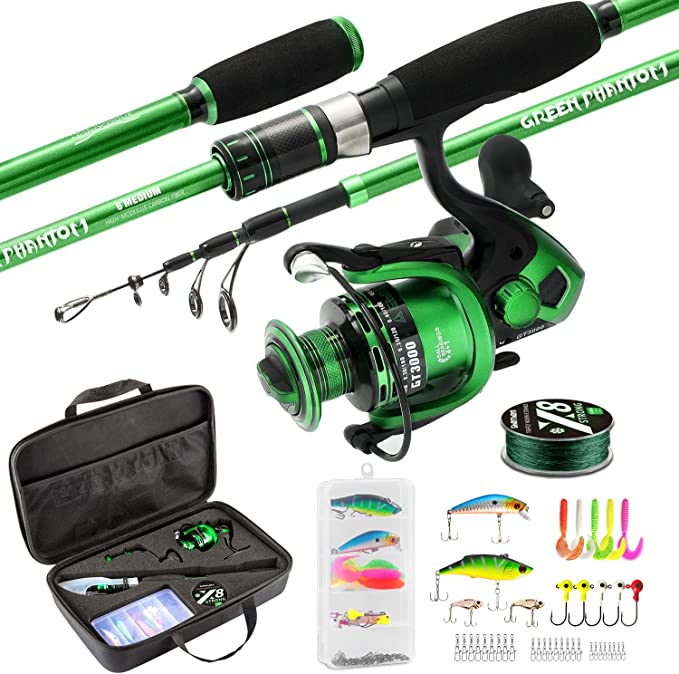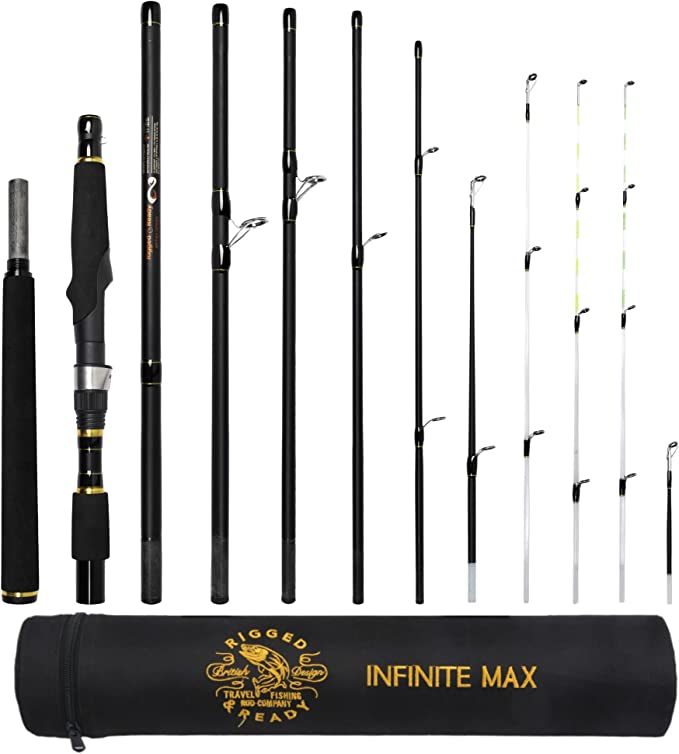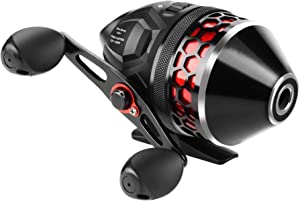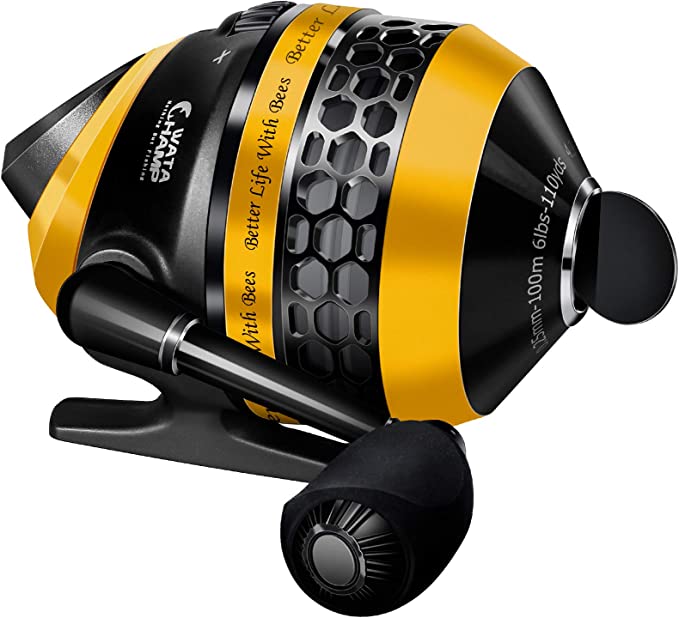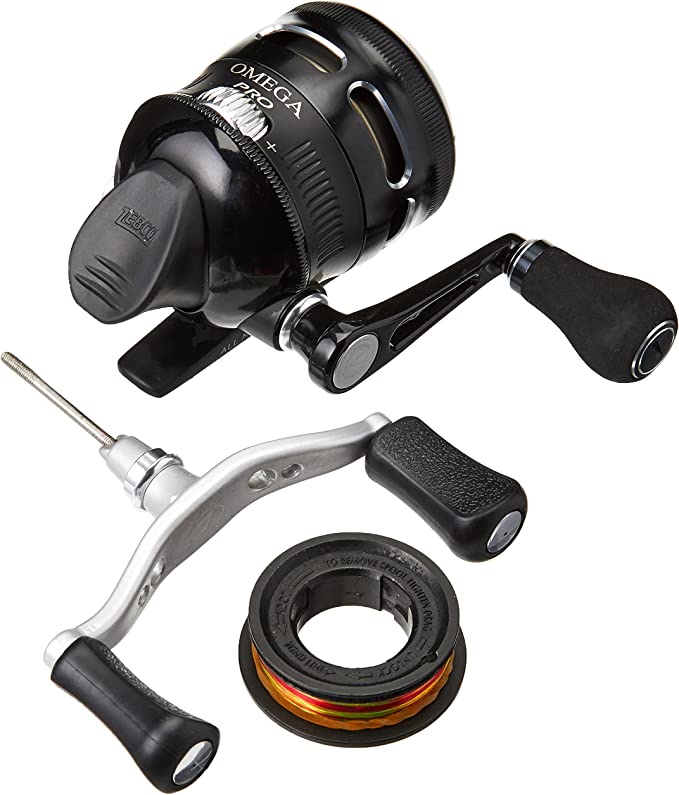KastKing Rover: The Affordable Powerhouse Reel for Every Angler
Update on Aug. 1, 2025, 4:54 p.m.
Every angler knows the frustration of a powerful strike—the frantic pull, the screaming line, the sudden, sickening loss as the drag system falters. It’s in these moments that a reel reveals its true character. It’s not just a spool and a handle; it’s a meticulously engineered machine where the laws of physics and the durability of materials collide. For many, the search for a reel that can withstand these moments of truth leads to the KastKing Rover Round Baitcasting Reel, a piece of gear that promises to bring high-end performance to a wider audience. But what exactly makes this reel a reliable partner on the water? Let’s pull back the curtain and explore the science and engineering that give the Rover its edge.

Forged in Metal: The Uncompromising Choice of a Rigid Frame
The foundation of any great round baitcasting reel is its frame. Where some reels rely on composite plastics to keep costs down, the Rover is built with a reinforced, hard-anodized aluminum body and side plates. This isn’t just about making the reel look tough; it’s a deliberate engineering choice rooted in materials science. Aluminum is prized for its high specific strength, meaning it’s incredibly strong for its weight. The “hard-anodized” part is a surface finishing process that creates a thick, dense oxide layer, essentially armoring the metal against the corrosive effects of saltwater and constant use. This rigid, non-flexing frame is crucial because it ensures that all internal components—the gears, bearings, and shafts—remain in perfect alignment under the immense forces of a fighting fish. A wobbly, flexing frame can lead to gear misalignment, premature wear, and, ultimately, failure.
Connected to this rock-solid frame is a CNC machined aluminum spool. CNC, or Computer Numerical Control, machining is a process where a computer guides the precise shaping of the metal. This level of precision is paramount for a baitcasting reel’s spool, as it ensures perfect balance. An unbalanced spool can cause wobble during a cast, which leads to friction, reduced casting distance, and the dreaded backlash. The Rover’s spool is a testament to the idea that a smooth, effortless cast begins with a perfectly engineered component.

The Physics of Power: Decoding the Carbon Fiber Drag System
When you hook a heavy fish like a massive catfish or a tenacious striper bass, the drag system becomes your most critical ally. The Rover’s system is built around carbon fiber drag washers, which are a significant step up from traditional felt or cork. The advantage of carbon fiber lies in its superior thermal and frictional properties. As a fish pulls line out, the drag washers rub against each other, generating friction that converts the kinetic energy of the running fish into heat. Carbon fiber can withstand high temperatures without degrading, and it maintains a consistent coefficient of friction, providing a smooth and predictable drag payout. This prevents the “jerky” starts and stops that can put sudden, catastrophic stress on your line.
The reel’s “Cymbal Washer” System, a unique design choice, further refines this process. Imagine the drag washers as a series of brake pads on a car. The Cymbal Washer acts as a pressure plate, ensuring that the force from the star drag is distributed evenly across all the carbon fiber washers. This is the secret to its buttery-smooth performance, eliminating the stuttering that can lead to broken lines and lost trophies. For a reel capable of delivering up to 30 pounds of drag, this consistency is as important as the sheer power itself.

The Art of Control: From Inertia to a Flawless Cast
Baitcasting reels, especially the round conventional style, are famous for their casting ability, but also notorious for “backlash” or “bird’s nests.” This tangled mess is a direct result of the spool spinning faster than the line is being pulled out by the lure. The Rover’s smaller models (sizes 40-60) address this with a 2-pin centrifugal brake system, a brilliant example of applied physics.
During a cast, the initial force applied to the line causes the spool to accelerate rapidly. According to Newton’s First Law, objects in motion tend to stay in motion (inertia), so the spool wants to keep spinning long after the lure has slowed down. This is where the centrifugal brake comes in. As the spool spins faster, centrifugal force pushes two small pins outward, causing them to rub against the inside of the reel frame. This friction acts as a brake, preventing the spool from over-spinning. As the lure loses momentum, the spool slows, and the pins retract, reducing the braking force and allowing the cast to finish smoothly. This elegant system is your unseen co-pilot, a mechanical guardian against a tangled line.

Beyond the internal mechanisms, the reel’s design incorporates ergonomic principles for a more comfortable experience. The oversized non-slip EVA grips are a case in point. EVA, a lightweight, cushioned foam, provides a secure grip even when wet, and its larger size reduces hand fatigue during long days of trolling or fighting a stubborn fish. It’s a design choice that acknowledges the human element in fishing, making a powerful tool feel more like a natural extension of the angler.

A Legacy of Dependability: Forged for Fresh and Saltwater
The KastKing Rover represents a fusion of old-school ruggedness and modern engineering. It channels the spirit of classic round baitcasters, which have been a staple of serious fishing for decades, while incorporating advanced materials and design principles that were once the exclusive domain of high-priced gear. Whether you’re dropping a line for bottom feeders on an inshore wreck or casting for salmon in a cold river, the Rover’s durable construction and versatile features, including the ever-useful line out clicker alarm, make it a dependable workhorse. It is a reel that understands that the greatest value isn’t just in its price tag, but in its ability to perform flawlessly, cast after cast, and fish after fish. It is, in every sense of the word, a tool built for the rigors of the water, and for the angler who appreciates a deep-seated connection to their craft.
